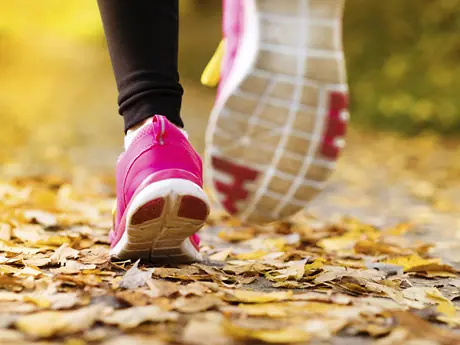
How long does a pair of running shoes last?
How often should I get a new pair?
These questions are two of the most often asked questions at running shoe stores. It usually comes up after the running shoe salesman has drug out three or four pairs of shoes and the customer likes more than one model. The customer then gathers final facts to come to a decision.
What are we talking about here? It's not whether the rubber on the outsole has peeled off, or stitching in the upper wears out. Rather, these questions are in regards to how long the cushioning and/or support lasts. The heart of shoe cushioning lies in the midsole—that foamy layer of, well, foam. It looks like marshmallow fluff. The most common bed of cushioning in running shoes is a rubberized form of EVA, the acronym standing for ethylene vinyl acetate, a thermoplastic polymer has applications ranging from surfboards to biomedical engineering. When you slip on a pair of untouched running shoes with a soft, bouncy midsole of compressed EVA, it can feel as if the floor beneath your feet has taken on the quality of a trampoline.
More: 6 Tips to Improve Running Form
But as you and I know, that feeling—best described by Ray Bradbury in Dandelion Wine, with the character named Douglas magically bounding into the summer in a pair of "Cream-Sponge Para Litefoot Shoes"—doesn't last forever. At some point, you notice that they feel flat.
So the question, How Long Will They Last? usually refers to the life of the midsole. . Here are answers I've heard over the years of hanging out in running shoe stores and having worked in running shoe stores.
"Every 500 miles." (back in the 1990s, this is the one I used)
"Every six months."
"Every three months if you can afford it."
"Every 400 miles.
"Every 400 to 600 miles."
"Every 1000 miles."
"Depends on if you run on the roads or the trail."
"You can get more life out of them if you buy two pairs and rotate them in your usage."
- 1
- of
- 2










Discuss This Article